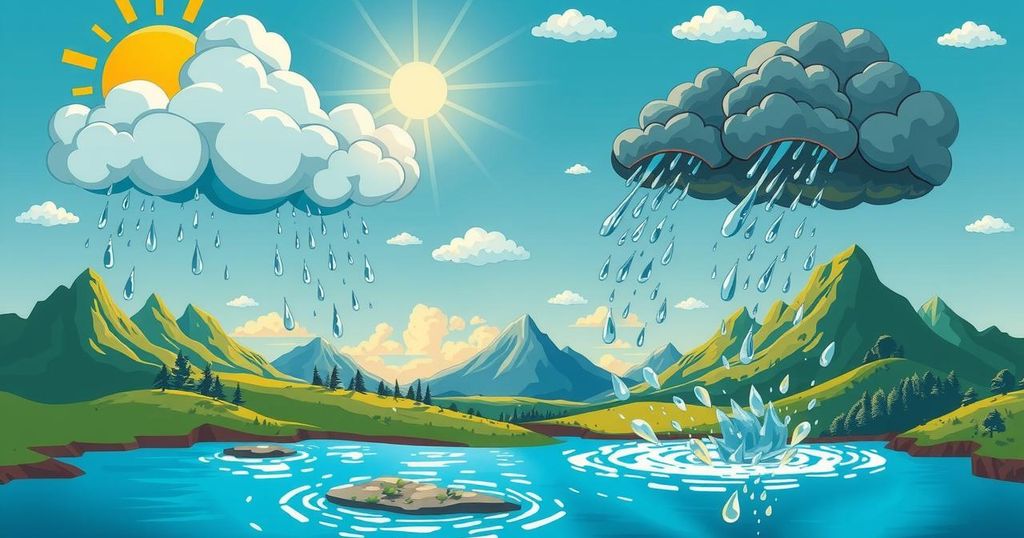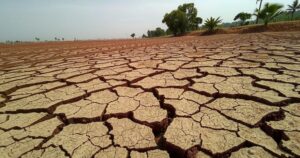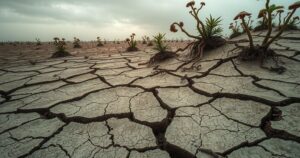The Impact of Climate Change on the Earth’s Water Cycle

The article discusses how climate change is affecting the Earth’s water cycle, leading to severe flooding and droughts globally. Temperature increases cause the atmosphere to hold more moisture, resulting in intense rainfall while also accelerating evaporation. Human activities and natural climate patterns exacerbate these issues, indicating a critical need for monitoring and management strategies.
Recent flash floods in diverse locations including Argentina, South Sudan, Spain, Indonesia, and Saudi Arabia have resulted in significant loss of life, displacement, and infrastructure damage. While numerous factors contribute to these incidents, a substantial argument points to climate change as a primary cause, exacerbating the challenge of managing water resources effectively.
Hylke Beck, an assistant professor of earth science and engineering at the King Abdullah University of Science and Technology, articulates that temperature is a critical variable affecting the water cycle. “Earth’s water cycle is all about movement. Water is constantly shifting between the ocean, land, and atmosphere,” Beck explains. This cycle involves evaporation, condensation, and precipitation, which sustains life on the planet.
Temperature plays a pivotal role in this dynamic. Warmer air can hold more moisture, with the atmosphere capable of storing approximately seven percent more water for each degree Celsius of warming. Consequently, climate change leads to storms that are supplied with heavier precipitation, increasing the likelihood of severe flooding.
From 1979 to 2019, Saudi Arabia experienced a temperature rise of 2.1 degrees Celsius, nearly threefold the global average increase, as reported by the Journal of Applied Meteorology and Climatology. Additionally, heightened temperatures accelerate evaporation, contributing to drought conditions when insufficient rainfall cannot replenish lost moisture. Consequently, extended dry periods paired with intense rainfall can hinder agricultural yield and promote desertification.
In Saudi Arabia, this climate change contributes to more severe sandstorms, negatively influencing agriculture and air quality. Beck notes that air pollution can alter cloud formation, further impacting rainfall distribution. “In some places, increased evaporation can lead to more rainfall, but not necessarily where it is needed,” Beck states, highlighting the variability of moisture movement across regions.
Furthermore, human activities such as deforestation, urbanization, and river damming have disrupted natural water flows, intensifying climate change’s effects. Beck also mentions natural phenomena like El Nino and La Nina, which influence global weather patterns. These variations cause fluctuating rainfall, creating extremes in weather conditions, with some areas receiving excessive rain while others suffer from dryness.
Beck concludes that climate change is undermining the balance of the Earth’s water system, resulting in more extreme weather patterns, including intensified wet seasons and dry spells. Organizations like World Weather Attribution play a significant role in examining how climate change influences extreme weather events and the consequent alterations of the water cycle.
In summary, climate change significantly disrupts the Earth’s water cycle, leading to severe flash floods and droughts across various regions. The relationship between increased temperatures, moisture retention, and subsequently intensified rainfall poses serious challenges. Human activities and natural factors further complicate the situation, necessitating comprehensive climate monitoring to understand and mitigate these extreme events effectively.
Original Source: www.arabnews.com






